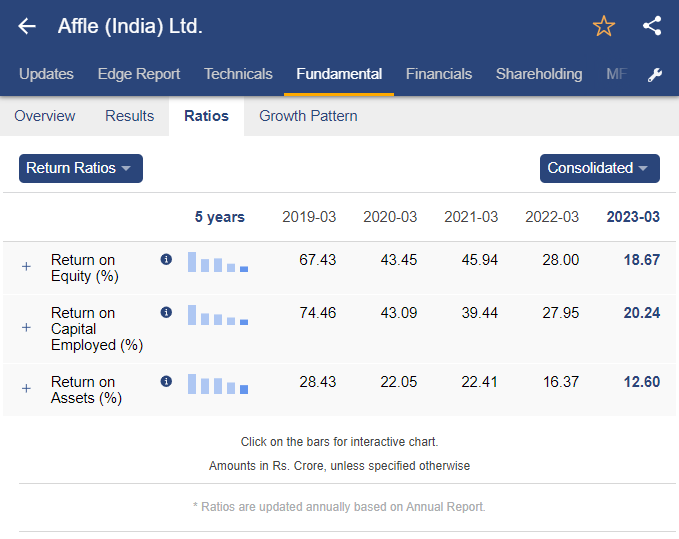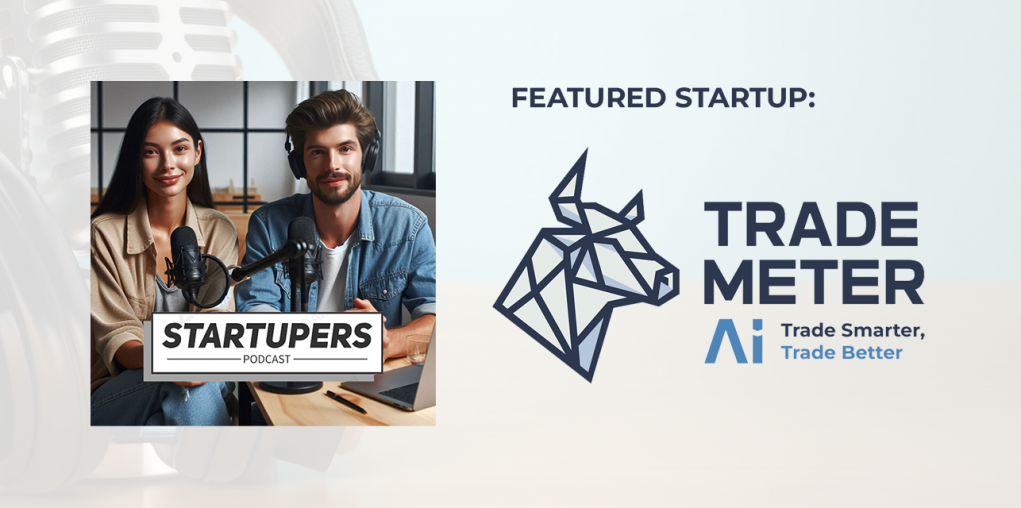20 Excellent Suggestions For Picking AI Stock Trading Websites
20 Excellent Suggestions For Picking AI Stock Trading Websites
Blog Article
Top 10 Tips On Assessing The Accuracy And Performance Of Ai Stock Predicting/Analyzing Trading Platforms
You need to check the accuracy of AI trading platforms which predict and analyze prices of stocks. This will help ensure that you're using a reliable tool. These are the best 10 ways to assess these platforms.
1. Backtesting Results
What to look for: Determine whether the platform allows backtesting to test how its predictions would have performed with historical data.
The reason it is important: Backtesting helps to validate the AI accuracy of the models through comparing the predictions to real-world outcomes.
Search for platforms that allow you to customize backtesting parameters.
2. Real-time tracking of performance
What to look out for: Evaluate how the platform performs in market conditions that are in real-time.
Why It's Important The real-time results are an excellent indicator of the efficiency of a system than the backtesting of the past.
Tips: Check out real-time forecasts and then compare them to actual market trends using a demo or trial for free.
3. Prediction Error Metrics
What to Look Out For: Measure prediction accuracy by evaluating metrics like the Mean Absolute Error(MAE) and the Root-Mean Squared Error(RMSE), or Rsquared.
What's the significance of these measures provide a quantifiable measure of the degree to which predictions match the actual outcomes.
Tip: Platforms that openly disclose these metrics are generally more transparent and reliable.
4. Ratio of Success and Win Rate
What to look for Check the platform's success rate and win rate (percentage correct prediction).
Why it matters : A high success ratio and win rate indicate a greater accuracy in predicting the future, and consequently, a greater chance of profitability.
It is essential to be wary of platforms that make false claims (e.g. 90%, for instance %+),) in the sense that there is no way to guarantee that a system will work.
5. Benchmarking Market Indices against Benchmarks
What to look for: Examine the predictions and performance of the platform against major market indices.
What's important This will help you determine whether your platform is outperforming or is underperforming the general market.
Find out if the performance is consistent over time, and not only in the short run.
6. Consistency across Market Conditions
What to look for: Evaluate how the platform's performance is affected by different market conditions.
Why It Matters: The platform should be able to perform in all types of market conditions, not only when conditions are favorable.
Check out the predictions of the platform in turbulent markets or during markets that are down.
7. Transparency in Methodology
What to look for: Learn about the AI algorithms and models employed (e.g. neural networks and reinforcement-learning).
What is important Transparency allows you to evaluate the reliability and scientific rigor.
TIP: Beware of platforms that employ "black box" models without describing how they generate predictions.
8. Tests by independent experts and User Reviews
What to look for when choosing a platform: Read the reviews of users, and look for independent tests or third-party evaluations.
Why is it Important The independent testing and reviews give an objective view of the reliability of the platform.
Tip: To find out what people think of users, look up forums like Reddit copyright and financial blogs.
9. Risk-Adjusted Returns
What to Look For: Evaluate the platform's performance using risk-adjusted measures such as the Sharpe Ratio or Sortino Ratio.
Why It Matters What are these metrics? They reflect the risk level taken to earn returns, giving more complete information about performance.
Sharpe ratios (e.g. over 1) suggest a higher risk-adjusted rate.
10. Long-Term Track Record
What to look out for Review the effectiveness of the platform over a long time (e.g. over a period of 3-5 year).
What's the point. Long-term performance may be more reliable than short term results.
TIP: Don't use platforms that show only short-term or selective success.
Bonus Tip: Test with an Account Demo
Try out the platform with a free demo account to determine how reliable it is in real-time. This lets you test accuracy and performance in real-time.
The following tips can assist you to evaluate the accuracy and performance of AI platforms for stock prediction. This will allow you to pick one that is compatible with your trading goals and the risk you are willing to take. Remember that no system is infallible, and using AI insights along with the results of your own research is typically the best option. Read the recommended best ai for trading for website recommendations including ai trading software, investment ai, ai stocks to invest in, stock analysis websites, best ai copyright, stock predictor, investing in ai stocks, ai investment stock, ai trader, chart ai trading and more.
Top 10 Tips For Evaluating The Regulatory Conformity Of Ai Stock Prediction/Analyzing Trading Platforms
The compliance with regulatory requirements of trading platforms that employ AI to predict/analyze price movements is a crucial element. Compliance ensures that the platform operates within legal frameworks, protects the privacy of users, and conforms to financial regulations, reducing the possibility of legal problems or financial sanctions. These are the top ten suggestions for assessing compliance with regulatory requirements.
1. Verify Licensing and Registration
The regulatory bodies: Make sure the platform has been registered and licensed with relevant financial regulatory authorities (e.g. SEC in U.S.A., FCA UK, ASIC Australia).
Verify broker partnerships. If the platform incorporates brokers, be sure that they're licensed and regulated.
Public records: You may check the website of the body that regulates it to find out whether the platform has been registered and whether there have had any violations over the years.
2. Look for data privacy Compliance
GDPR: When operating in the EU or offering services to EU users the platform must be in compliance with the General Data Protection Regulation.
CCPA : California Consumer Privacy Act (CCPA) compliance must be checked by the users.
Policies on handling data: Check the privacy policies of the platform to find out how it describes the collection, storage, and sharing.
3. Review Anti-Money Laundering(AML) Measures
AML Policies The platform should be equipped with robust AML (Anti-Money Laundering) policies that detect money laundering and stop it from happening.
KYC procedures: Check that the platform adheres to Know Your Customer (KYC) procedures to verify the identities of users.
Transaction monitoring: Verify that the platform tracks transactions to detect suspicious behavior and notify authorities.
4. Make sure you are in compliance with Trading Regulations
Market manipulation: Ensure that the platform is equipped with measures to prevent market manipulation such as swap trading or spoofing.
Types of orders. Verify that the platform complies with the regulations pertaining to order types (e.g. there's no stop loss hunting that is illegal).
Best execution: Check to see if the website adheres best execution practice which guarantees that trades will be executed at the lowest price.
5. Cybersecurity Compliance:
Data encryption: Make sure your platform is secure for data in transport and at rest, using encryption.
Response to incidents. Verify that there is clearly identified incident response plan on the platform to address cyber attacks as well as data breaches.
Certifications: Determine if the platform is certified in cybersecurity (e.g., ISO 27001, SOC 2).
6. Transparency and disclosure: A Study
Fee disclosure: Verify that the platform discloses clearly all fees including additional charges or hidden charges.
Risk disclosure: Check if the platform includes clear information about risk. Especially for high-risk and leveraged trading strategies.
Performance reporting - Check to see if there are clear and accurate performance reports that are provided by the platform for its AI models.
7. Verify that you are in compliance with International Regulations
Cross-border Trading: If your trading involves international trade it is important to make sure that the platform you use meets the requirements of each regulatory country.
Tax reporting: Verify whether the platform offers tools or reports to assist users in complying with tax regulations (e.g., FIFO rules in the U.S.).
Compliance with sanctions: Ensure that the platform complies with international sanctions and is not allowing trading with banned entities or countries.
8. Examine Record-Keeping and Audit Trails
Transaction records: Ensure the platform keeps accurate records of all transactions to be used for audits and regulatory purposes.
User activity logs: Verify if the platform logs users' activities, including trading, logins, as well as changes to the account settings.
Audit readiness: Make sure the platform is equipped with all the documentation and logs necessary to pass a regulatory review.
9. Check for compliance with AI-Specific Regulations
Algorithmic trade rules: If the trading platform supports algorithms, check that it complies with the regulations of MiFID II for Europe or Reg. SCI for the U.S.
Fairness and impartiality: Check whether the platform's AI models are monitored and tempered to avoid bias.
Explainability: As required by specific regulations, the system must provide clear explanations of AI-driven decisions and forecasts.
Examine the User Feedback and Regulatory Histories
User reviews: Study user feedback to gauge the reputation of the platform's regulator compliance.
Check the regulatory history to determine if there have been any fines or penalties for violations of the regulations.
Third-party auditors: Make sure that the platform is regularly audited by third-party auditors to make sure it is adhering to the rules.
Bonus Tips
Legal consultation: Consider consulting an expert in the field of law to examine the platform's compliance with pertinent rules.
Free trial period: You can use a demo or free trial to try out the features that ensure compliance of the platform as well as its documentation.
Customer Support: Verify that the platform provides assistance to customers with any questions or issues with compliance.
Follow these tips to evaluate the regulatory compliance and protection of your rights. Compliance does not just help reduce legal risks, but also improves confidence in the platform. Check out the most popular ai investing blog for more advice including ai chart analysis, free ai tool for stock market india, best ai stocks to buy, free ai tool for stock market india, ai stock predictions, best ai trading app, ai copyright signals, best ai stock, ai stock predictions, trading with ai and more.